

Fine-tuning Your Sewing Skills
Once you have mastered the basic sewing techniques, it’s time to take your skills to the next level. The intermediate sewing techniques will help you achieve more professional-looking results and give you the confidence to tackle more complex sewing projects.
1. French Seams
French seams are a neat way to finish raw edges, especially on lightweight fabrics. This technique encloses the raw edges within the seam, resulting in a clean and polished finish. It works well for delicate fabrics like chiffon, satin, and silk.
To create a French seam, start by sewing the fabric wrong sides together, then trim the seam allowance close to the stitches. Next, fold the fabric with right sides together and stitch again, enclosing the raw edges within the seam. Press the seam flat for a smooth finish.
2. Understitching
Understitching is a technique used to prevent facings or linings from rolling outwards. It involves stitching the seam allowance to the facing or lining, keeping them in place and ensuring they stay hidden. This technique is commonly used in garment construction, especially around necklines and armholes.
To understitch, sew a line of stitching close to the seam joining the facing/lining to the main fabric, but only sew through the facing/lining and seam allowance. This allows the facing/lining to remain flat, giving a professional appearance to your finished garment.
3. Pattern Matching
Pattern matching is an essential skill for creating a seamless and professional look when working with patterned fabrics. Whether you’re sewing garments or home decor items, matching the pattern across seams adds a touch of sophistication. It shows attention to detail and elevates the overall appearance of your project.
To achieve pattern matching, carefully align the pattern motifs across the seamlines before pinning and sewing. Take your time and use ample pins to hold the fabric in place, ensuring the patterns align perfectly. It may require extra fabric and meticulous cutting, but the end result is worth it.
4. Topstitching
Topstitching is both decorative and functional. It adds a professional touch to your sewn items while securing seams and edges in place. Topstitching can be used on various areas, such as hems, collars, pockets, and waistbands.
When topstitching, use a longer stitch length and a matching or contrasting thread for a visually appealing effect. Ensure your lines of stitching are straight and parallel to the edge or seam being sewn. Practice on scrap fabric to develop an even stitching technique.
5. Installing Zippers
Zippers are often seen as a challenging sewing element, but mastering this technique will open up a whole new world of sewing possibilities. Whether it’s an invisible zipper for a dress or a functional zippered pocket, understanding zipper installation is a valuable skill.
Take the time to carefully measure and mark the placement of your zipper, and use quality zipper feet for your sewing machine. Follow step-by-step instructions and practice on scrap fabric before attempting it on your project. With patience and practice, you’ll be installing zippers with ease!
By incorporating these intermediate sewing techniques into your sewing repertoire, you’ll enhance your craftsmanship and achieve more professional-looking results. Remember to practice these techniques on scrap fabric before using them in your projects. Happy sewing!
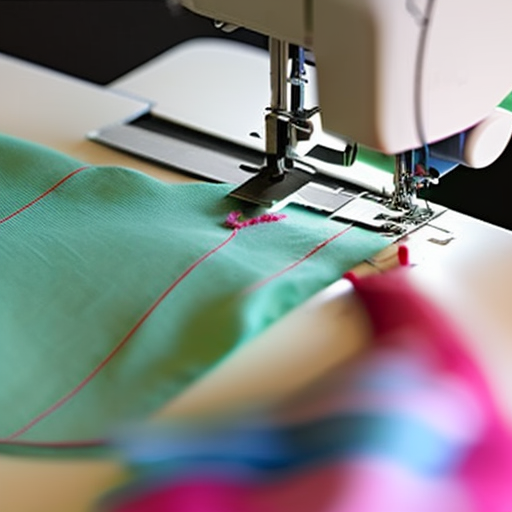
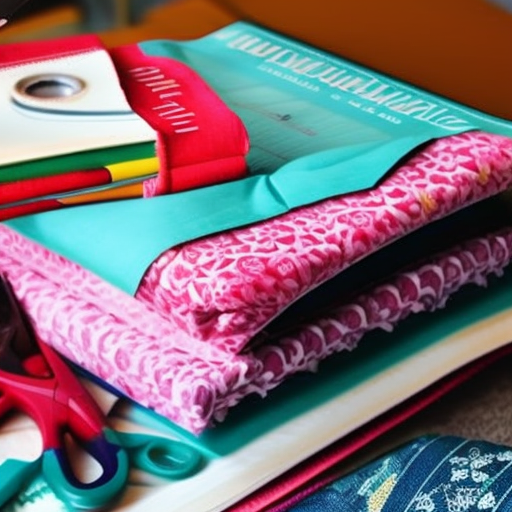
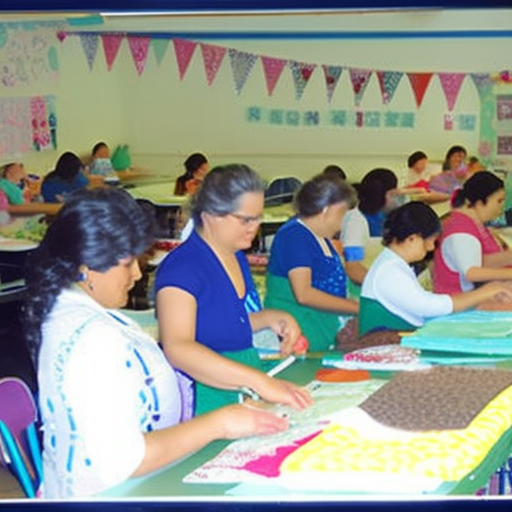
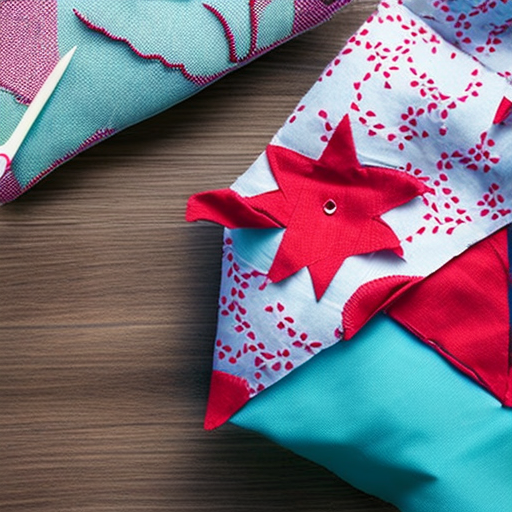
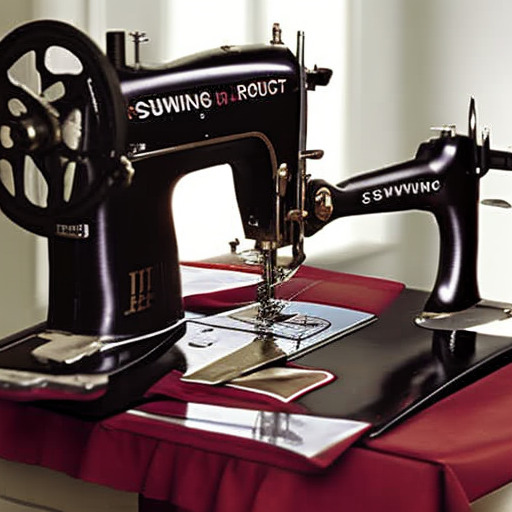
Absolutely love learning new techniques! #seamstress
Erin Moore: Looking forward to trying out the different techniques!
#sewing is so rewarding; this post looks like a great resource to learn new tools to help create even more amazing projects!
Very excited to learn new techniques to continue to hone my skills! #sewingaddict
Count me in to try out these techniques! #sewingrookie